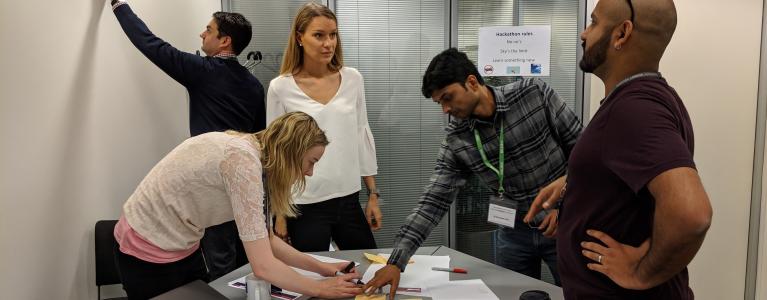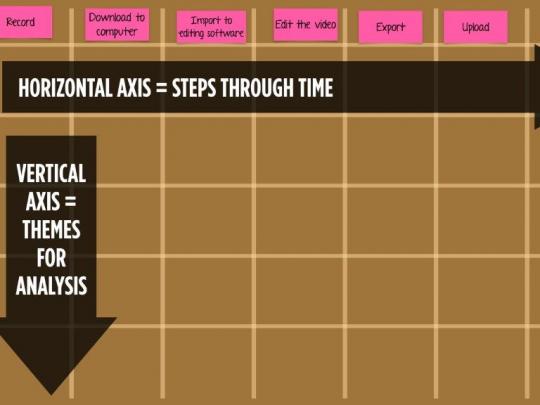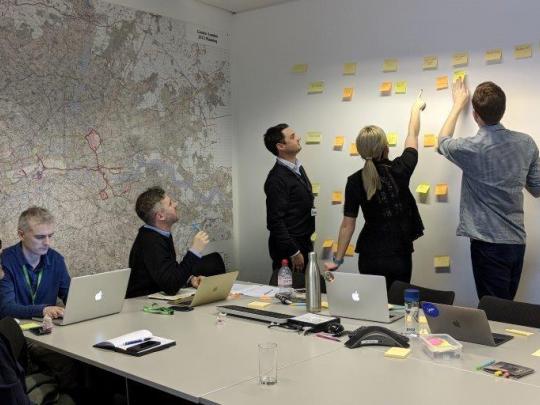
Oliver Cook, Business Analyst in the Digital Team at City Hall talks about how to run a successful journey mapping workshop...
There’s a great line in Oscar Wilde’s play, Lady Windermere’s Fan, where an overzealous Lord Darlington exclaims, ‘I can resist everything except temptation’. While the facetiousness of the statement makes it humorous, it is likely to be uncomfortably true for most of us – product teams included.
The temptations for product teams and product owners are numerous. In particular, there is the temptation to jump to a solution quickly and then to start adding features. The problem with giving into this temptation is that it is at odds with one of the main objectives of Agile, which is to understand user needs so that you develop deep knowledge of who the users are and what that means for the design of the service or product.
Remaining focused on user needs is critical as it means you are more likely to build something that users actually want to use. One technique that we in the digital team have used on various Agile projects is user journey mapping. Put simply, user journey mapping is a way to deconstruct a user’s experience with a product or service as a series of steps and themes. It enables you, the product owner, your team and other stakeholders to understand user needs more effectively, identifying frustrations and opportunities in a systematic and straightforward way.
There are two types of user journey maps that you can use. The first is a retrospective map where you map out the current user journey for a product or service. The second is a prospective map where you map out the ideal journey for users using a new product or service. As the image below demonstrates, it is just a big table with steps through time on the horizontal axis, and themes for analysis on the vertical axis. While the themes (vertical axis) will generally stay the same, the steps through time (horizontal axis) will change according to the problem being solved.

Image: simple journey mapping framework (sourced from this great blog)
I certainly found this tool useful when running discovery workshops for a new way to market the work of the GLA on our site and an affordable housing search. Once we had collected user stories and created user personas, we were able to run through the type of journey that a specific persona is likely to take and think about what that experience might look like on a web page.

Image: journey mapping in action
A benefit of running user journey workshops is that it gets participants to think about users and the journeys they’ll take, instead of jumping straight to solutions and features. As for the experiences above, this technique helped people to think about the specific user needs of these webpages, where previously there had been enthusiasm for simply ‘re-skinning’ an existing website or copying websites with a similar function.
We also found that this technique helped focus stakeholders on the users’ perspective from the start. This got people thinking about creative approaches, which helped develop a common understanding and confidence that we were building the right product.

Image: completed journey map
So, the next time you’re looking to create a digital product or service resist the temptation to jump to solutions. Instead, run a user journey mapping exercise to help stay focused on your users!